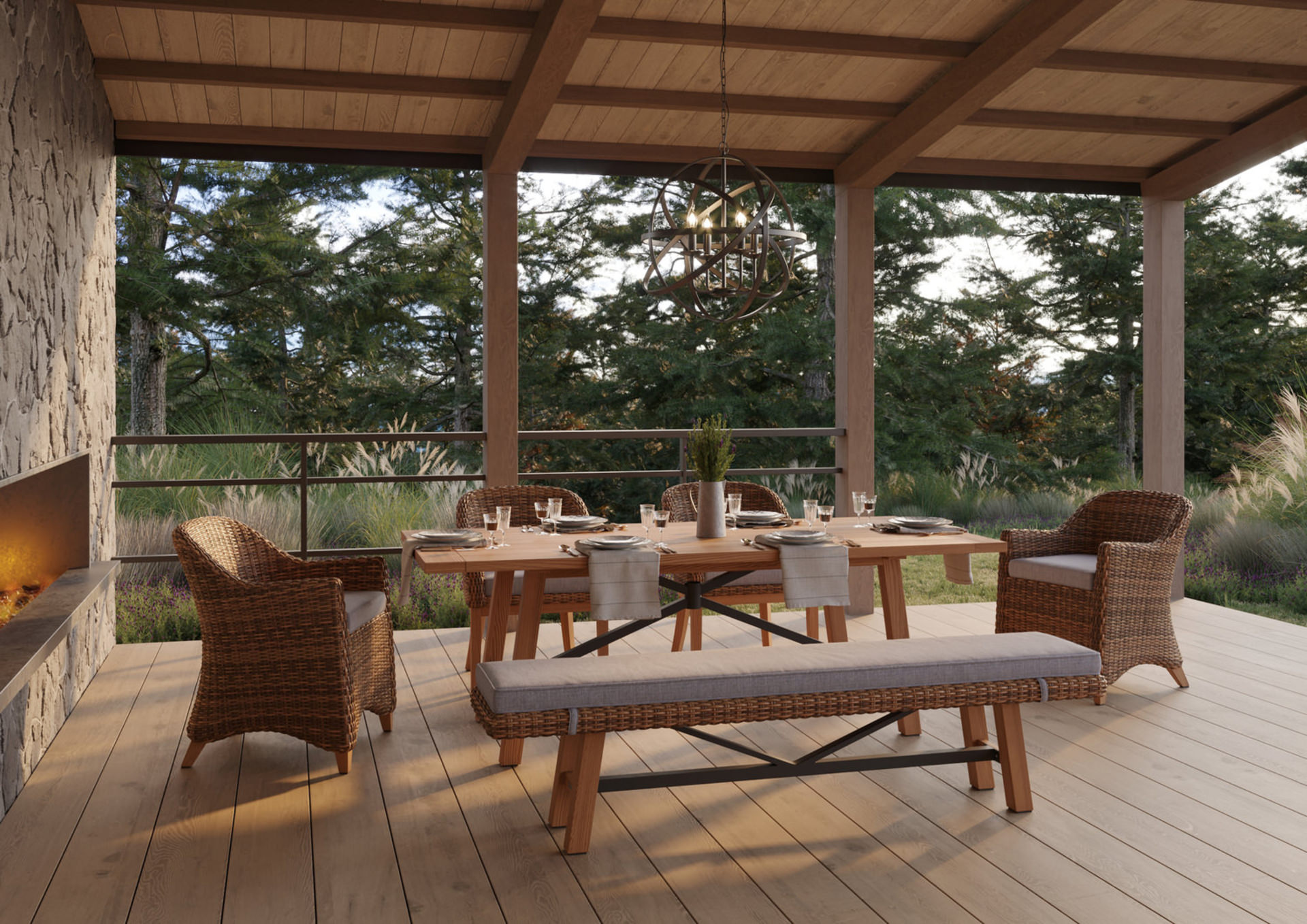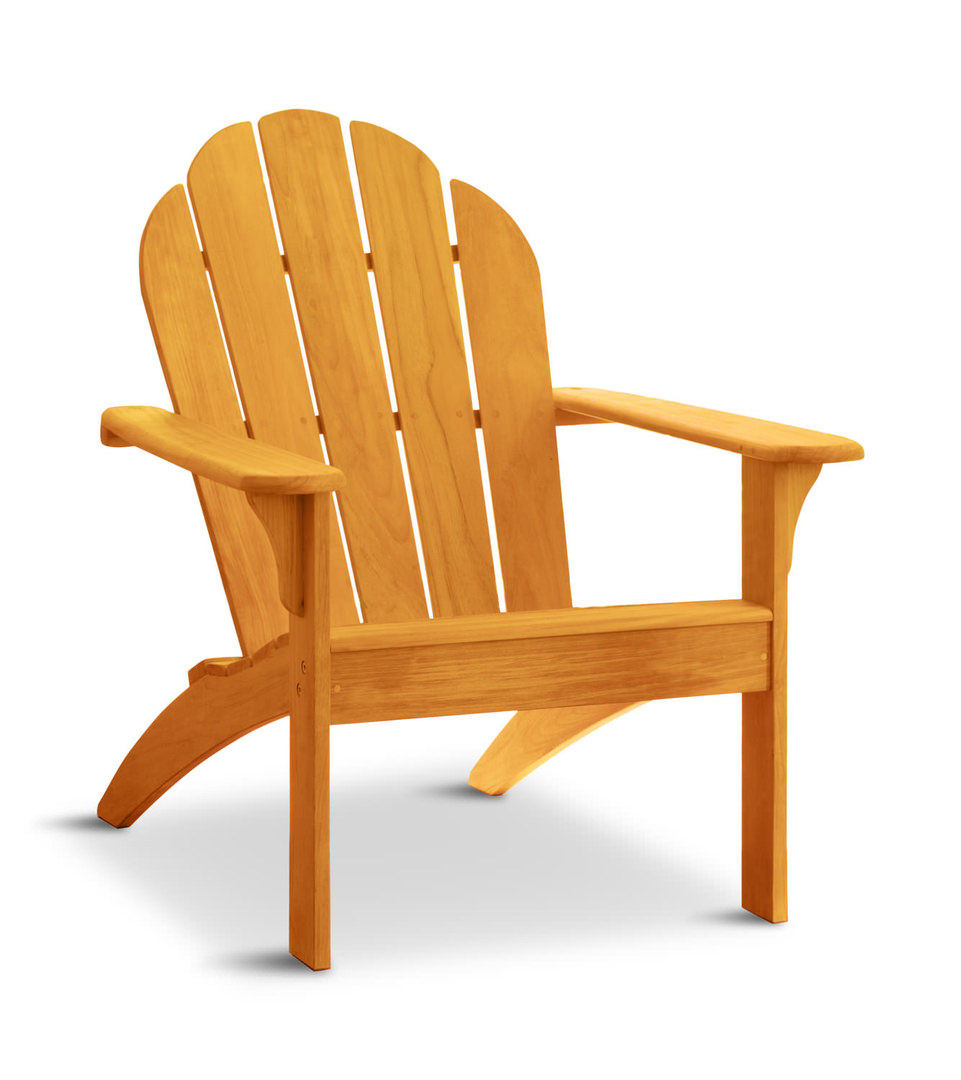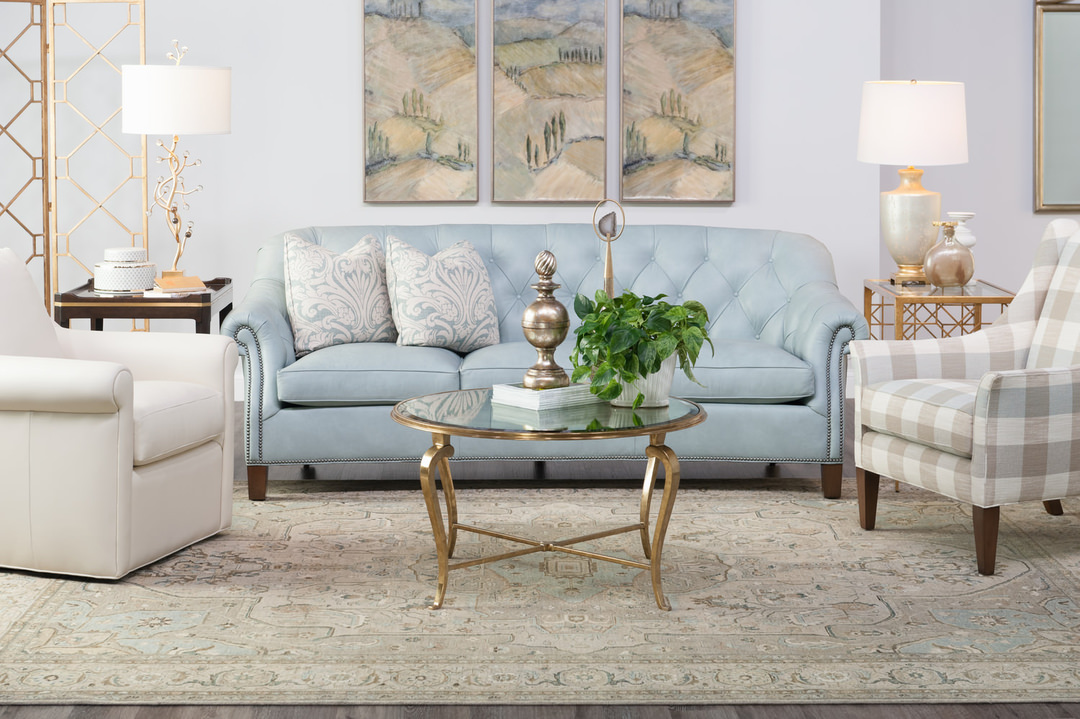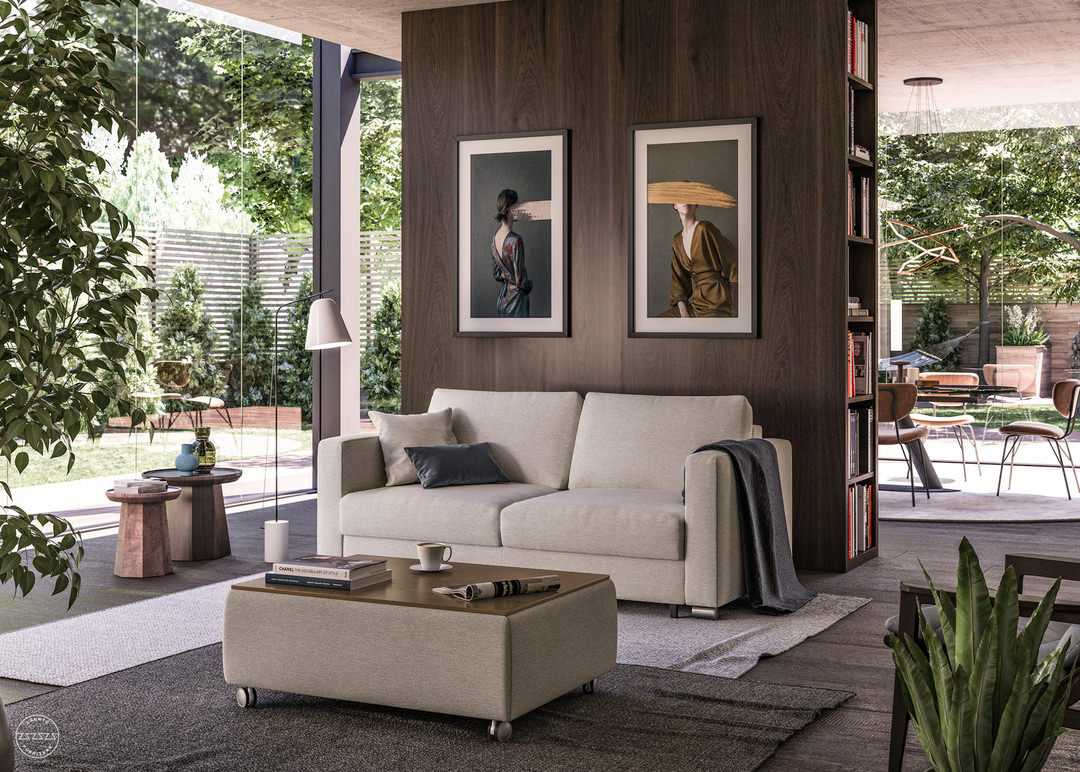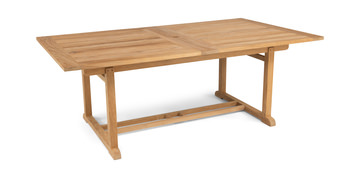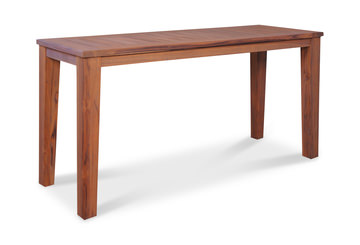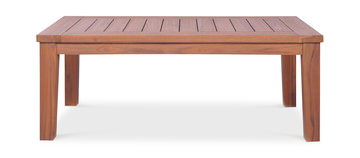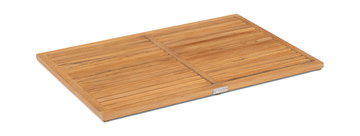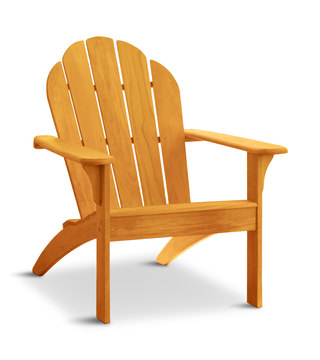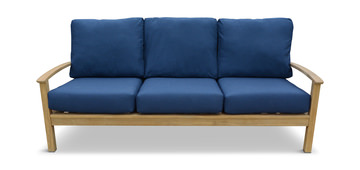Teak Outdoor Furniture
August 2023
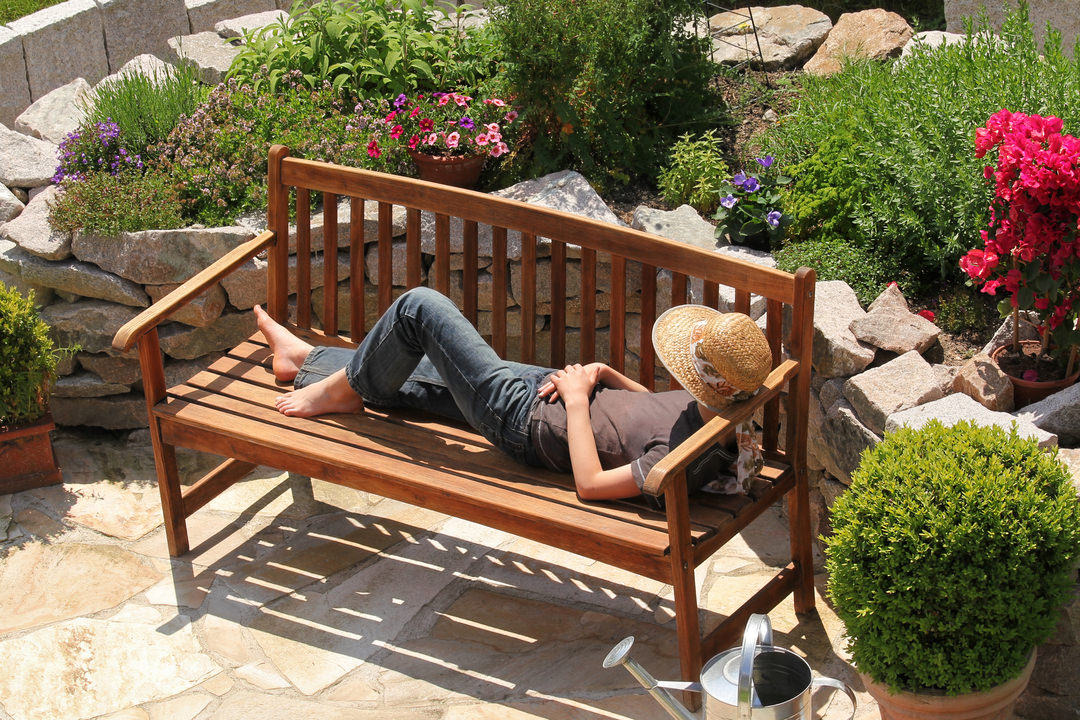
A patio, poolside or deck is just as much a part of your home as a living room or dining room. Therefore, its appearance and usefulness will benefit from the same thoughtful design and furniture selection you put into your indoor rooms. There are many choices for outdoor furniture, from wood to metals to synthetics, but there are few materials that are both as practical and as elegant as teak.
The Wonders of Teak
Teak is a hardwood that grows mostly in the tropical and subtropical forests of southern and southeast Asia. Other woods may sometimes be called teak, but genuine teak is the species Tectona grandis. Teak is loaded with natural oils and minerals that enable it to thrive in a hot and humid climate, and these same properties make it an astonishingly durable wood in all kinds of adverse conditions.
Teak is a midweight hardwood similar to oak in strength. Because of its high resin level, it’s unfazed by rain and snow, and it resists fungus, insects and chemicals. For centuries, its sturdiness and durability has been prized by shipbuilders for use in planking, deck flooring and other exposed elements.
It seems almost unfair that a wood so durable would also get to be beautiful, but teak is exactly that. Its distinct golden color, sometimes described as “honey brown,” and its smooth, close grain yield a classic look that’s valued by designers everywhere. You can treat teak furniture to retain this color, or let it naturally develop a patina and transition to more of a silvery gray shade as the wood structure becomes a little rougher.
Why Teak for Outdoor Furniture?
You can buy teak furniture and set it outside without even treating it, and it will happily shrug off moisture and ignore wind for 20 years or more. In fact, it’s not unheard of for teak outdoor furniture to last several generations. You can leave it in the garden, and it will be unaffected by the bugs, mold and chemicals that might surround it. It won’t rot. You never have to bring it indoors.
Its resistance to water makes teak dimensionally strong. That means it won’t easily swell, bend or warp. It won’t crack or splinter. It’s not unusual for teak outdoor furniture to literally last a lifetime. It does not deteriorate or dry out. It has a natural, rubber-like surface layer that will not get slippery, even when it’s wet.
There are other outdoor furniture materials – wrought iron, for example – that rival teak in durability, but teak-lovers would argue that nothing compares to the beauty of teak. The straight, tight grains highlight the color, which varies from light brown to a honey yellow, and ages to silvery grey or can be finished in a variety of stained tones. Another wood species may be as sturdy, but not much matches the classic elegance of teak.
To Treat Or Not To Treat?
Teak furniture will live long and prosper with very little maintenance. If it becomes dirty or mildly soiled, simply wipe it with a damp cloth. If the stain doesn’t come out, use a little soap. In a more stubborn case, you can sand the stain out with emery paper. You should give your furniture an annual once-over with a teak cleaner.
However, untreated teak changes color over time. The outer layer oxidizes, and it develops a distinct silver-gray patina that may darken with age. Some people like the character that this look brings. It fits in well if your outdoor space has a farmhouse or rustic motif.
If you don’t want that, treat your teak furniture with a teak sealer. This creates a barrier that blocks UV and prevents oxidation. It needs to be applied about once a year. A lesser alternative is teak oil, which is not the natural oil found in teak, but rather linseed oil or tung oil with some varnish added. This must be used several times a year, and the products vary in quality.
There isn’t any right or wrong when it comes to treating teak versus opting for its natural weathering. It’s a matter of what you think looks better in your outdoor space. Also, you aren’t stuck with the choice you make. The change in coloration is due to an oxidized outer layer, and you can clean or sand that layer away and treat the wood to restore its golden hue.
Is Teak Eco-Friendly?
Like any tree, teak is a renewable resource. However, it was over-harvested in some locales, and it came close to disappearing from its natural forests. Fortunately, today’s teak tells a green story. Sustainable wood is grown on plantations that are subject to government regulations. Responsibly grown teak is FSC-certified, which verifies that it’s sourced from a properly managed forest that provides environmental, economic and social benefits to its locality.
Teak has about a 40-year growth cycle, and responsible growers plant one or more trees for every one they harvest. Also, the long life of teak furniture makes it a green choice. It might be generations before your teak patio set is discarded and replaced.
Trends in Teak Furniture
One thing is certain about teak furniture: it will never go out of style. Treated or weathered, there’s nothing else that quietly asserts refined gracefulness the way teak does. It’s long been popular for chairs and tables; and manufacturers are also offering sofas, oversize chairs and even sectionals with teak frames and high-quality weatherproof cushions.
Today’s most sophisticated patios and gardens feature teak in both traditional and more modern interpretations:
Few things are as satisfying as relaxing with an evening beverage in a teak Adirondack chair. Most feature the classic wood look, but a variation adds cushioning to the seat and back.
Steamer chairs are durable and stylish on ship decks, and they’re equally at home on a residential deck or at poolside.
A teak outdoor bench adds a distinctive touch to a garden. You might choose a two- or three-seater with a stylized slatted pattern on the back.
The outdoor dining area has long been a prime spot for teak. For example, consider a solid teak outdoor dining table with slatted folding chairs. A bistro set with a small round table and curved armless chairs. A traditionally shaped picnic table with benches.
Some simulated outdoor living rooms are fashioned almost entirely of teak. You might see a complete cushioned set with a sofa and patio chairs and even a teak coffee table.
Specialty seating can provide an accent or complement other teak pieces. Think of a teak rocking chair or hanging porch swing.
Teak accents are trending, including occasional tables and accessories with woven wicker collections in both dining and lounge seating.
Modern teak aesthetic is more than amenable to mixed materials. Consider a slingback chair with a teak frame. Teak tables and chairs with aluminum legs. A glass-top teak coffee table. High-top bar tables with a single black metal pole supporting a teak dining surface. Teak bar stools with black metal legs.
With its versatility, durability and timeless beauty, it’s no wonder that teak is called the “king of woods.” It’s a welcome addition to any tasteful gazebo, deck, patio or garden.
